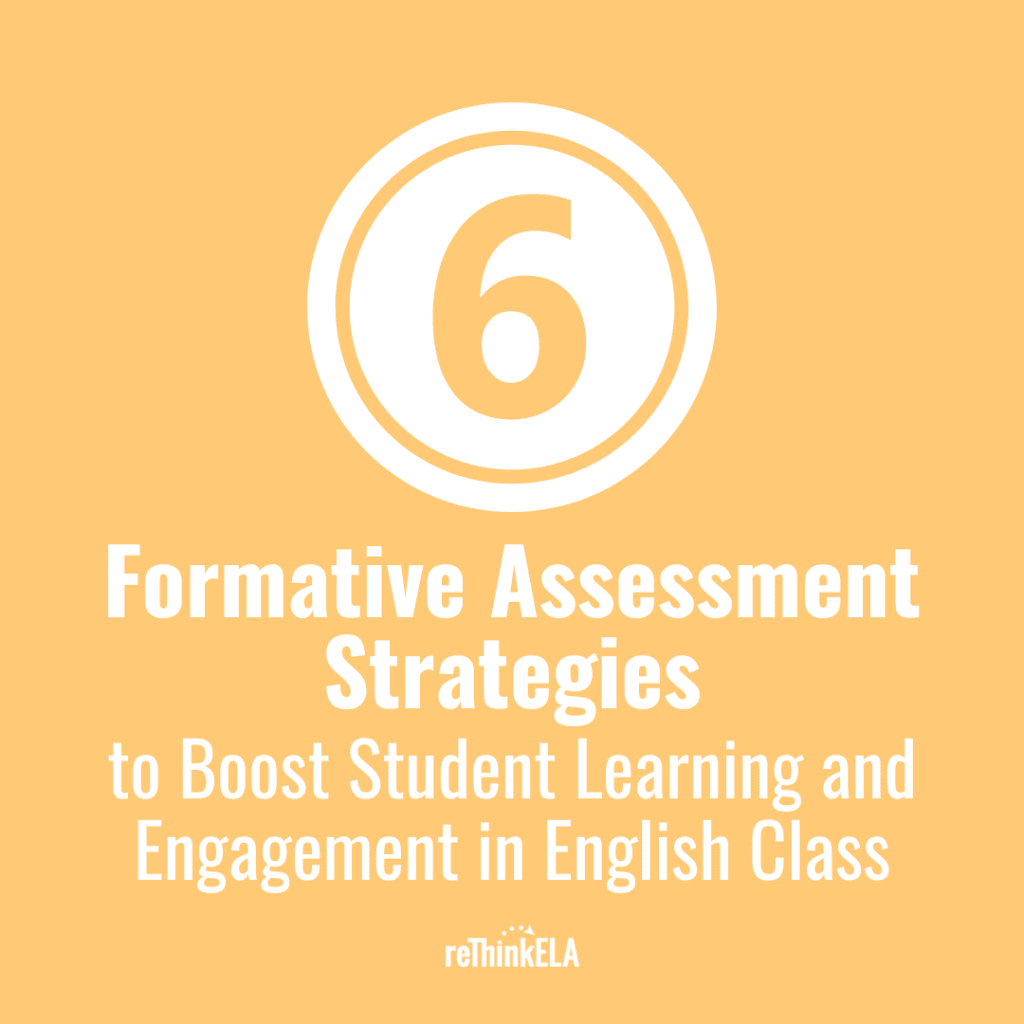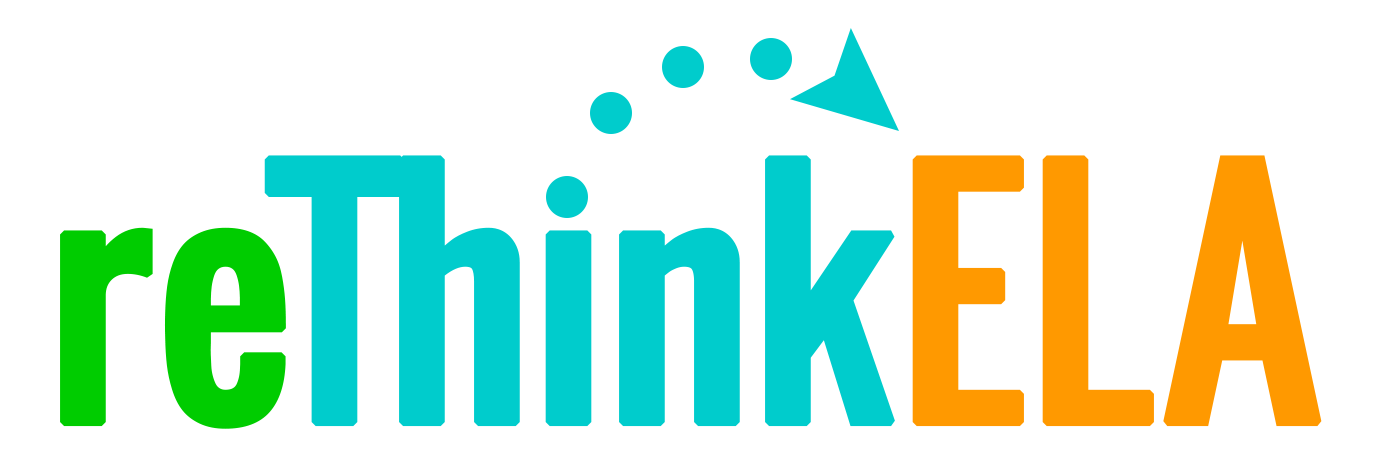
Formative assessment strategies are key components of effective teaching and learning in any subject, but especially English Language Arts (ELA). If you've ever paused in the middle of a lecture and wondered if any of the faces staring back at you (or out the window, or snoring on their desktops) heard a word you were saying, you know what I'm talking about. These assessments, which are typically ongoing and informal, are designed to help teachers track student progress and adjust their instruction accordingly. They also provide students with regular feedback on their learning, which can help them stay motivated and engaged.
There are many different formative assessment strategies that English Language Arts teachers can use to gauge student understanding and provide meaningful feedback. Here are some of my favorites:
Quickwrites
Quickwrites are short, timed writing exercises that allow students to demonstrate their understanding of a topic. Teachers can ask students to write for a set amount of time (e.g., five minutes) on a specific topic or prompt. Quickwrites can be used to assess student comprehension, writing skills, and critical thinking skills. They can also be used to help students start longer writing projects. In my classroom, I often provided several prompts during the first few days of a unit that could lead to the type of writing I wanted students to engage in. For example, if we were going to write an narrative essay, I'd provide students with several prompts to help them choose and write about specific moments of their lives. Then students would choose which quickwrite they wanted to continue drafting and revise to create the longer text.
You can learn more about how this works and access several of our writing prompts, divided by writing genre with the five first days of school quickwrite prompts or in our 180+ Days of Quickwrites unit.
Think Pair Share
In this strategy, students are asked to think about a question or topic individually, and then pair up with a classmate to discuss their thoughts. This strategy is particularly respectful of introverted students who may need time to write their thoughts down and try them out with a partner before sharing with the class. Additionally, the pairs can then decide which partner speaks in front of the rest of the class to share their ideas. This strategy allows teachers to see how well students are able to explain their ideas and listen to others, as well as to identify any misconceptions or gaps in understanding. It also helps teachers see who may need help with developing their social skills in a safe place.
Exit Slips
At the end of a lesson, teachers can ask students to write a brief reflection on what they learned or what questions they still have. This can help teachers gauge student understanding and identify areas that may need further clarification or review. I've done this with index cards or a Google form and asked students to complete a 3-2-1 response, such as three things each student learned from the lesson, two connections students made to their schema or prior knowledge, and one question they still have. You could also ask students to write their thoughts on a sticky note and attach them to a bulletin board related to the lesson. Or just hand their notes to you on their way out of the door.
Oral Presentations
Requiring students to give oral presentations on a topic can be an effective way to assess their understanding and public speaking skills. Teachers can provide students with guidelines for their presentations and assess them based on factors such as organization, clarity, and use of supporting evidence. This strategy can be authentically embedded in argumentative writing units to give students the opportunity to present their side of the argument while other groups present another side. Also, I say groups because it's important to provide your introvert, shy, or socially anxious students with a peer support group for any public speaking activities you assign. Additionally, for groups or individuals who are truly terrified, I provide the option to present via pre-recorded video or in my room with only myself (and a student teacher, if I have one) as the audience.
Peer Review
Encouraging students to review and provide feedback on each other's work can be a valuable formative assessment tool. This can help students develop their editing and critical thinking skills, and it can also provide teachers with insight into areas where students may need additional support. Of course, we've probably all had that situation where we ask students to review each others work for clarity, conciseness, organization -- and they responded by correcting the writing for capitalization and punctuation. So prior to asking for peer reviews, it's important to choose just one or two writing features to review for, such as use of metaphors or finding unnecessary words and model what that process looks like so they can duplicate in while reviewing their peers' work.
TQE
TQE (Thoughts, Questions, and Epiphanies) is a method students use to record their own thoughts about what they’re reading instead of the teacher telling them what to look for and discuss. It provides them with a framework to drive their own learning as they read any kind of text. When students are reading an online PDF, I have them use tools to annotate the text on screen. If we have a printed copy of a short story or article, I'll ask students to write in the margins. When we're reading novels, I'll have them use sticky notes (just make sure the notes are too sticky...). I also realize some students may not have the fine motor or writing skills to write their thoughts in small spaces, so there is also the option of recording their thoughts in Flipgrid, making sure to note the page or paragraph number. (For the record, I also have students who use sticky notes write their name and the page or paragraph number in case the note falls off the text.)
You can listen to our podcast episode with Marisa Thompson, the creator of TQEs, on our website.
While formative assessment is an important way for English Language Arts teachers to track student progress and adjust their instruction accordingly, it's equally important to use strategies that encourage critical thinking, reflection, and communication. As you try these methods with your students, you'll note that strategies work better than others and some work better with some lessons and some students than others. But as you try the strategies, keep adjusting until you find what works in that setting, with those students, and in that context. By using a variety of authentic strategies and adjusting as they receive feedback from students, teachers can get a well-rounded view of student understanding and provide meaningful feedback that helps students learn and grow.
